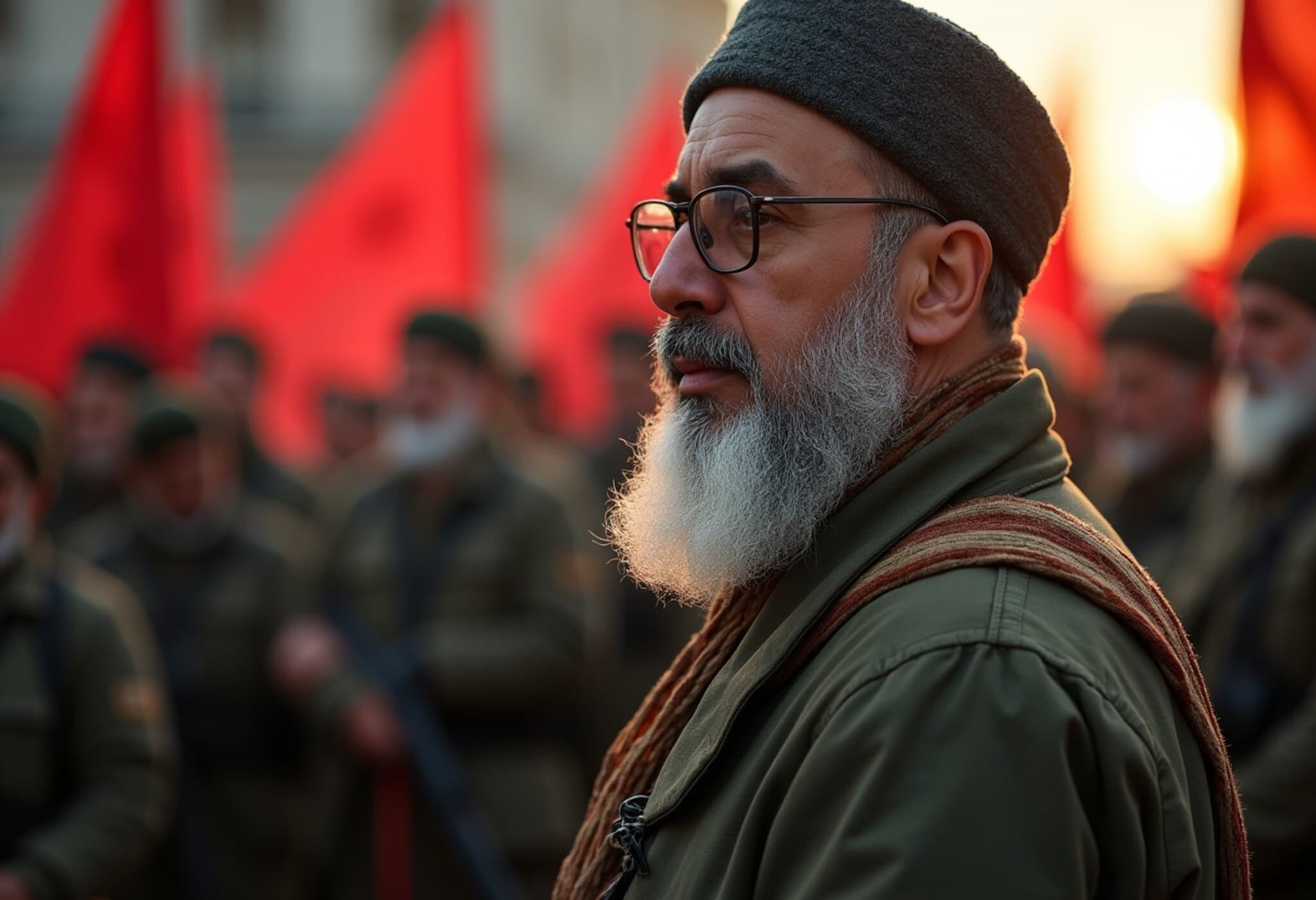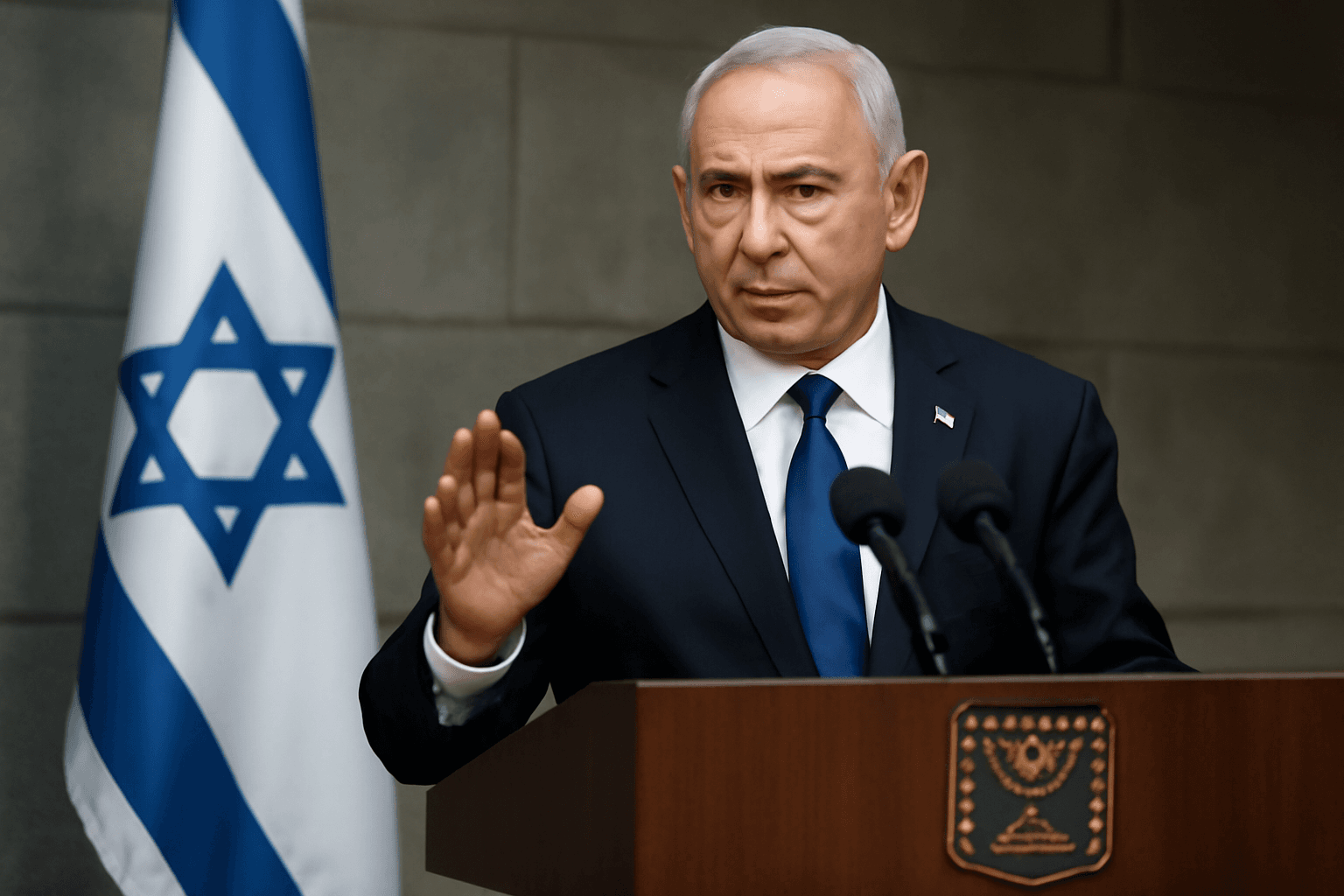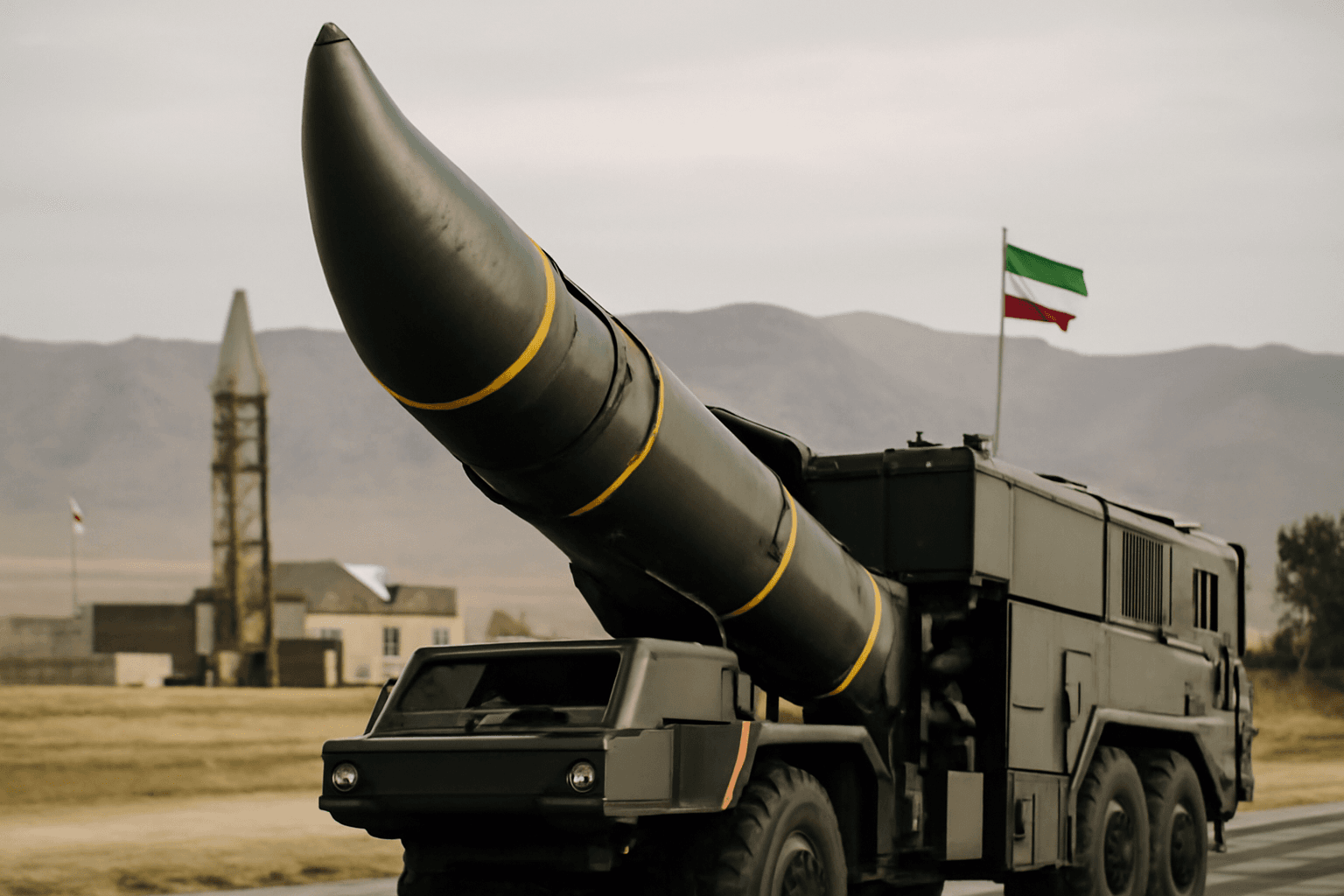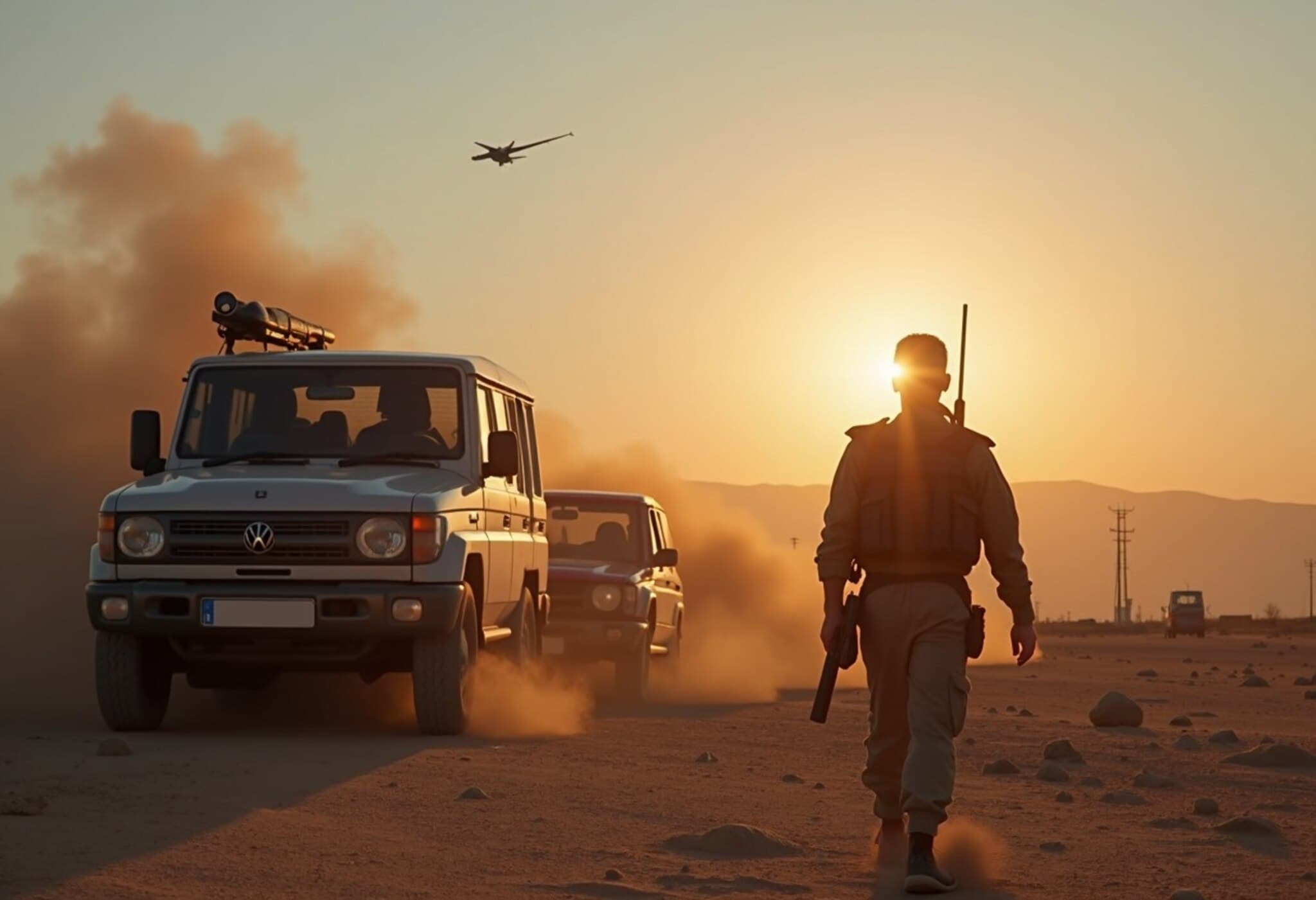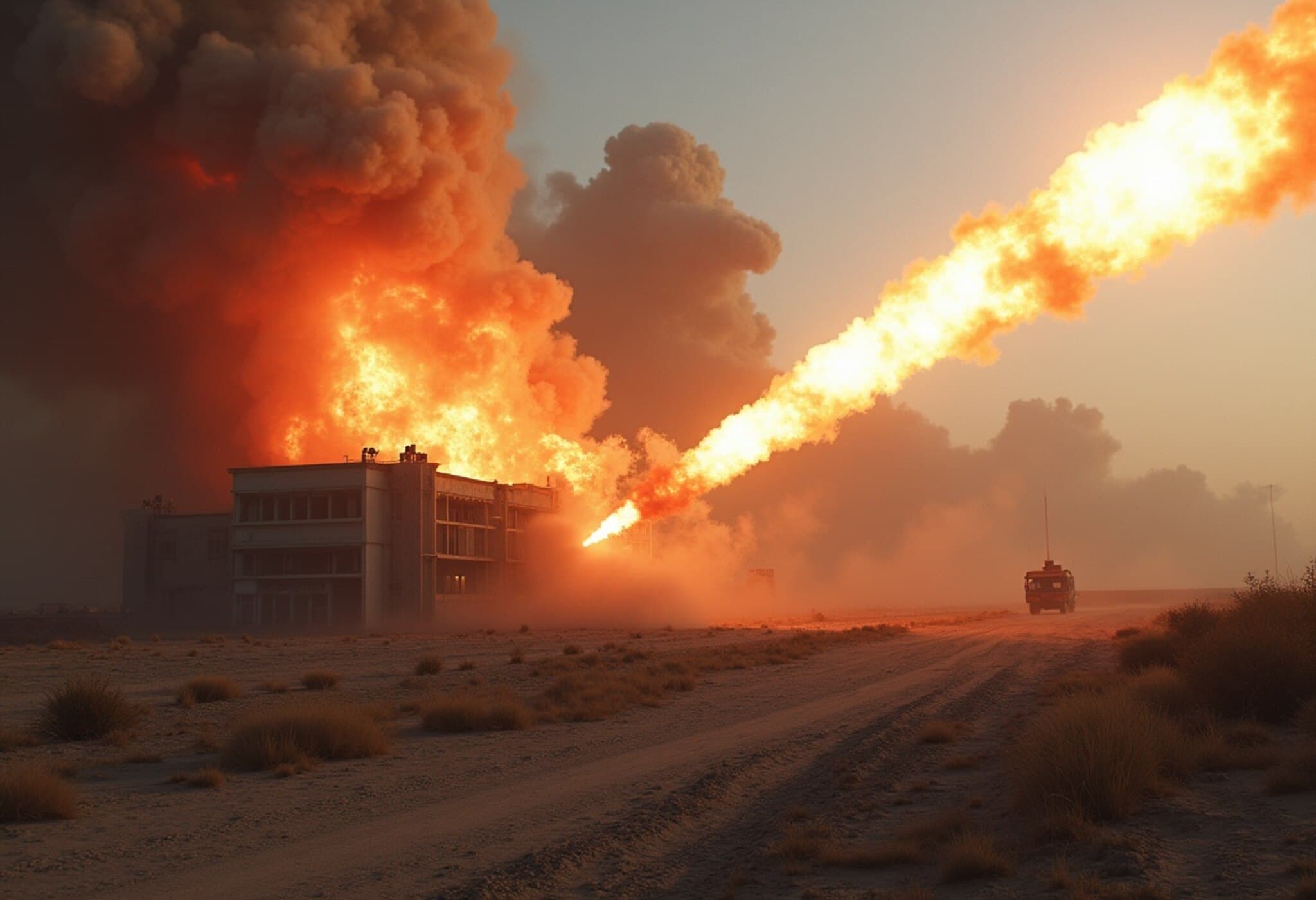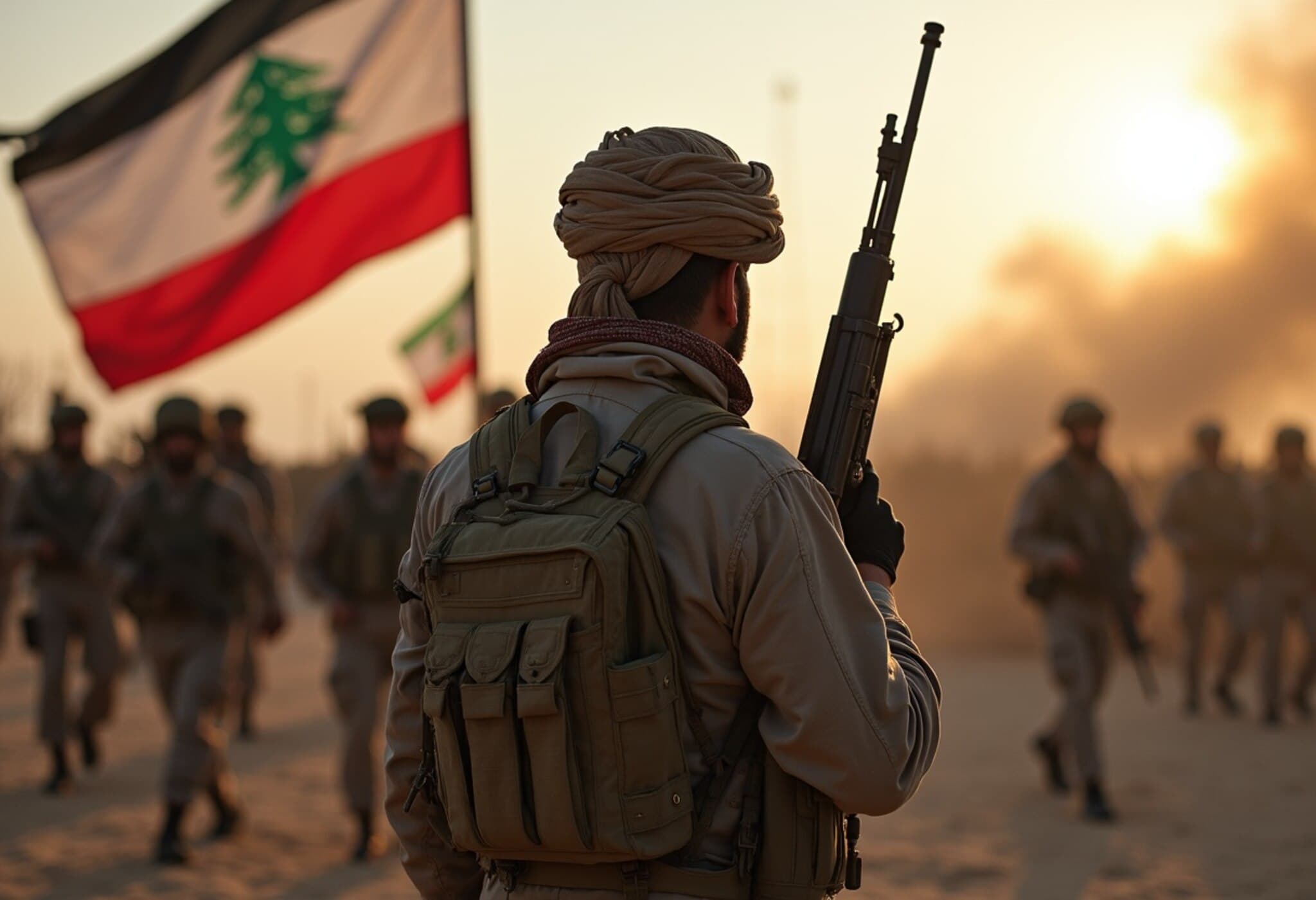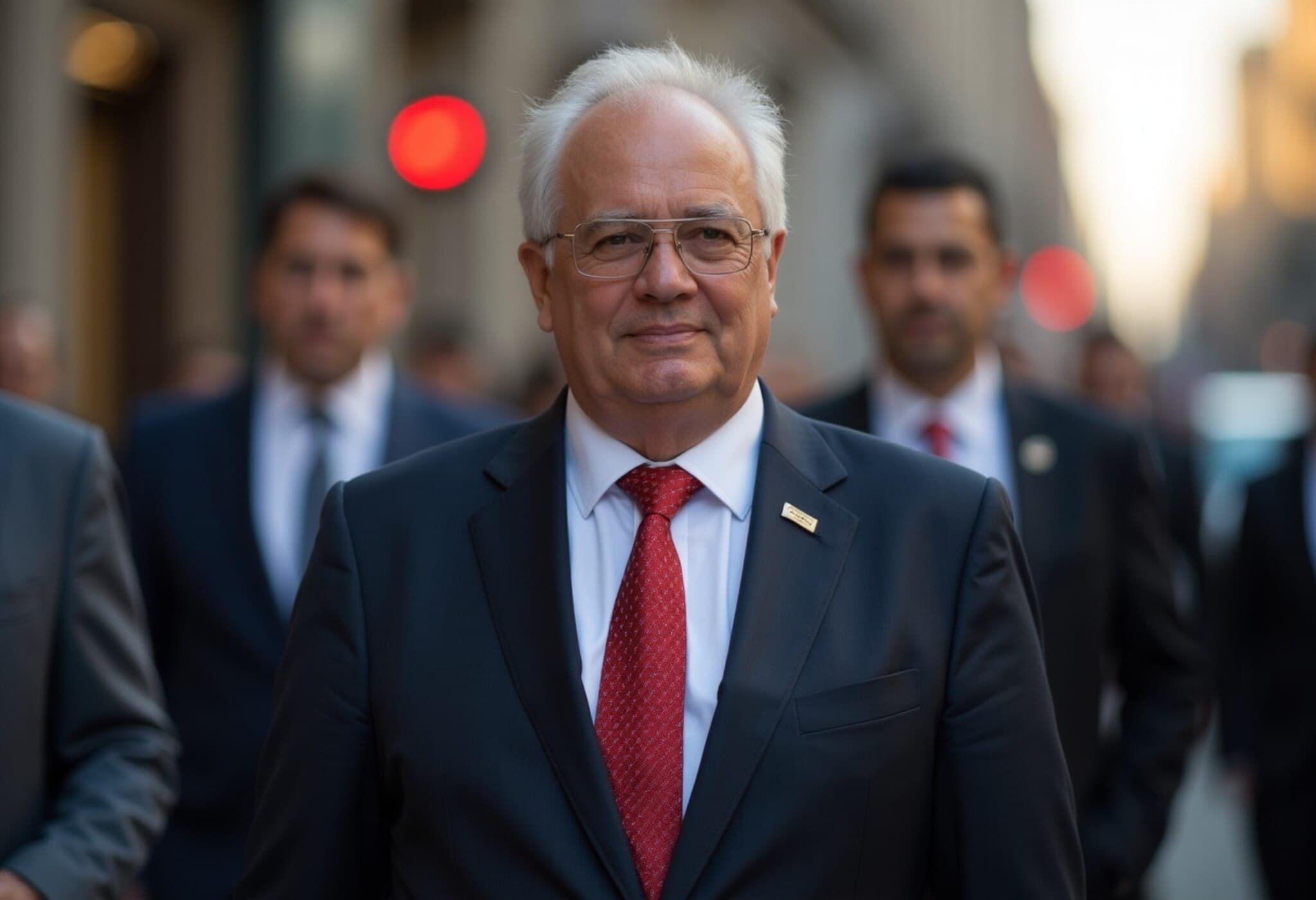Hezbollah Vows to Retain Arms Until Israel Withdraws from Southern Lebanon
In a recent video address coinciding with the Shiite holy day of Ashoura, Hezbollah leader Naim Kassem reaffirmed his group’s refusal to disarm until Israel completes its withdrawal from southern Lebanon. The statement came amid continued Israeli airstrikes and military occupations in the region, highlighting persistent tensions despite a formal ceasefire signed late last year.
Ashoura: A Symbol of Resistance
Ashoura commemorates the martyrdom of Imam Hussein, the Prophet Muhammad’s grandson, at the Battle of Karbala in 680 A.D. For Shiite communities, it embodies resistance against oppression—a narrative Hezbollah actively invokes to justify its armed stance. Thousands of supporters gathered in Beirut’s southern suburbs, reciting traditional chest-beating rituals that underscore their resolve.
Conflict Background and Current Dynamics
Although a US-brokered ceasefire in November 2024 officially ended the recent war between Israel and Hezbollah, hostilities have lingered in subtle yet impactful ways. Israel continues to control five strategic border points in southern Lebanon, from which it launches frequent airstrikes aimed at preventing Hezbollah’s military regrouping. According to Lebanon’s Health Ministry, these strikes have caused approximately 250 fatalities since the truce, adding to over 4,000 deaths inflicted during active conflict.
Israel defends these operations as necessary measures to dismantle Hezbollah’s missile arsenal and prevent future attacks. However, Hezbollah and many Lebanese civilians interpret them as ongoing aggression and territorial violation.
Hezbollah’s Argument: Arms as Deterrence
Kassem posed a stark rhetorical question in his address: “How can we confront Israel when it attacks if we don’t possess these weapons?” He stressed that Hezbollah’s missile capabilities serve as a minimal defensive shield protecting Lebanese villages, women, and children from incursions and lethal operations. This narrative is critical in understanding Hezbollah’s indigenous claim of legitimacy and survival amidst disproportionate power dynamics.
US Diplomatic Efforts and Challenges Ahead
Amid these escalating tensions, US envoy Tom Barrack is scheduled to visit Beirut with proposals aimed at disarmament of Hezbollah coupled with a complete Israeli withdrawal. Barrack underscored Lebanon’s potential for unity beyond entrenched sectarian divisions, evoking the slogan “One country, one people, one army” and referring to President Biden’s call to “Make Lebanon Great again.”
Nevertheless, skepticism remains widespread among Lebanese populations and political factions, many of whom view Hezbollah’s disarmament as unlikely without tangible guarantees of security and sovereignty.
Continued Israeli Airstrikes Signal Fragile Stability
Later on the same day of Kassem’s speech, Lebanon’s National News Agency reported a series of Israeli airstrikes targeting southern and eastern Lebanon, notably near Baalbek and the mountainous Bahah Province, considered critical Hezbollah strongholds. The Israeli military confirmed targeting sites linked to missile production and storage as well as rocket launch locations, signaling intent to degrade Hezbollah’s military infrastructure continuously.
Contextual Insight: The Broader Regional Implications
This tussle exemplifies the enduring geopolitical struggle along the Israel-Lebanon border. For the United States and its allies, Hezbollah’s arsenal is often portrayed as a destabilizing force aligned with Iranian interests. Conversely, many Lebanese view Hezbollah as a necessary resistance entity counterbalancing Israeli military dominance.
The situation raises complex questions about sovereignty, the limits of armed resistance in state systems, and the prospects for peaceful coexistence in a historically fraught region. Moreover, it challenges US foreign policy architects to balance diplomatic pressure with realistic security guarantees capable of fostering genuine disarmament.
Key Takeaways
- Hezbollah insists on maintaining armed capabilities until Israeli forces fully withdraw from southern Lebanon.
- Israel continues near-daily airstrikes targeting Hezbollah's military infrastructure, resulting in hundreds of casualties post-ceasefire.
- The US is actively engaged in diplomatic efforts to broker a comprehensive peace arrangement, though local skepticism persists.
- Ashoura’s symbolic resonance fuels Hezbollah’s narrative of resistance and legitimizes its current posture among Shiite communities.
- The conflict underscores broader regional tensions involving sovereignty, security, and external influence.
Editor’s Note
This unfolding chapter between Hezbollah and Israel not only reflects deep-seated historical grievances but also illustrates the challenges of enforcing ceasefires without addressing core issues of occupation and security guarantees. As diplomatic channels explore paths toward disarmament, it remains crucial to consider how local populations perceive justice, resistance, and peace. One must ask: can lasting stability be achieved without reconciling the demands for sovereignty with international security concerns? The coming months may test the resilience of these fragile hopes.










